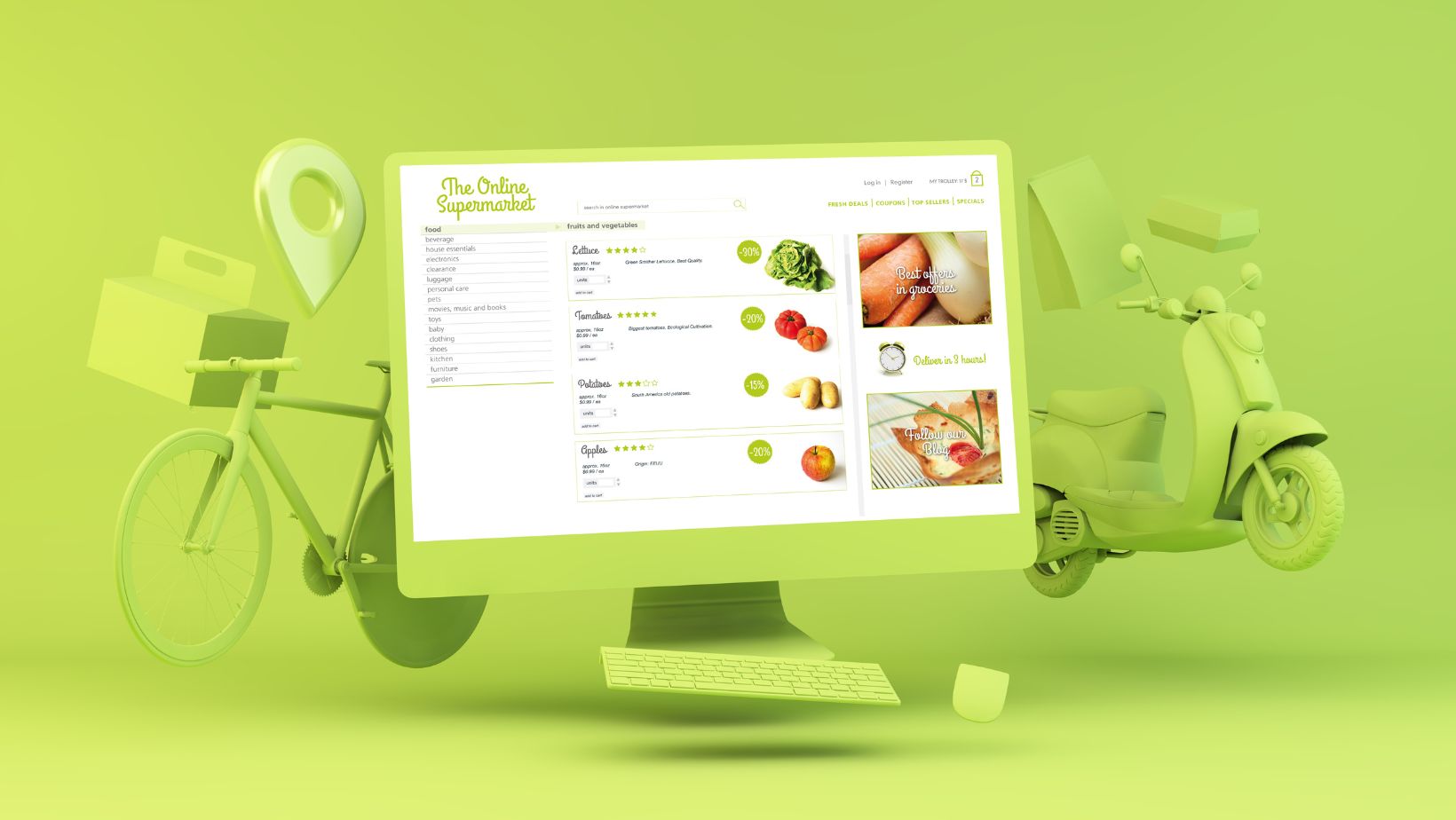
In the ever-evolving digital marketplace, the platform you choose can make or break your online business. You’ve honed your skills on WordPress, but now Shopify’s robust eCommerce features beckon. It’s a daunting task, but don’t fret. You’re not alone in this journey.
This article aims to be your compass, guiding you through the process of migrating from WordPress to Shopify. It’s packed with step-by-step instructions, tips, and tricks to ensure a smooth transition. So buckle up, because we’re about to embark on a thrilling eCommerce adventure.
Understanding the Move from WordPress to Shopify
Decoding this shift necessitates an understanding of both the ‘why’ and the ‘how’. It’s about grasping why businesses decide to transition and understanding the key differences between the two platforms.
Key Differences Between WordPress and Shopify
Despite both platforms offering eCommerce capabilities, differences arise in functionality and idea-focus. WordPress shines in content creation and management, often doubling as a website’s blogging section. Think of it like a home base for articles, news, and other written content. Despite plugins like WooCommerce enhancing its eCommerce capabilities, it can’t compete with Shopify’s eCommerce-focus.
Shopify, on the other hand, puts eCommerce at the forefront. It’s built to sell and sell well. It offers inventory management, seamless payments, and shipping handling — all within its platform. The simplification of eCommerce operations and the emphasis on conversion optimization make Shopify an attractive option for online businesses.
Preparing for the Transition
moving from WordPress to Shopify requires adequate forethought and systematic execution. Attention to detail becomes more important as you approach this significant phase in your business’s digital journey.
Auditing Your Current WordPress Site
Before embarking on the transition, it’s crucial to conduct a comprehensive audit of your existing WordPress site. Identify the strengths and areas that demand improvements, offering practical insights to influence your decision-making process. Make note of the integral components such as design elements, plugins used, functionalities, and overall layout.
This audit includes analyzing all pages, posts, products, images, and customer feedbacks. An audit not only assists in understanding what needs to yield during the transition, but also provides a complete picture of what to replicate in your Shopify store.
Migrating Your Content
As businesses venture into transitioning from WordPress to Shopify, content migration becomes inevitable. Two critical parts within this process take the center stage: Handling products and product data, and transferring blog posts and pages.
Handling Products and Product Data
E-commerce businesses stand a better chance at success when they strategically manage products and product data. To kick off the process, you establish an organized record of all products on the current WordPress site. It’s helpful to create a systematic table detailing product names, descriptions, prices, SKUs, weight, stock statuses, and other relevant details.
Transferring Blog Posts and Pages
Blog posts and pages make up a significant portion of a website’s content, especially for businesses that leverage content marketing. Migration of these elements can prove challenging but is achievable with the right method. WordPress provides an efficient way of exporting blog posts and pages into an XML file. With this file, a WordPress Importer app within Shopify imports the content into the new store.
Post-Migration Checklist
Transitioning from a WordPress site to a Shopify store isn’t just about transferring content. Post-migration chores require the same amount of attention. Ensuring that every link works correctly, SEO isn’t adversely affected, and all redirects are in place are among the other essential tasks.
Testing Your New Shopify Store
Once data migration gets completed, it’s time to conduct a thorough test of the new Shopify store. The objective here is to identify and rectify any potential issues before the store goes live. One should navigate the store just as a customer would. Go through every product listing, image, and category. Ensure the checkout process is seamless and all payment gateway functionalities are functioning accordingly.
Cross-referencing the new Shopify store with the old WordPress site might uncover discrepancies and issues that wouldn’t otherwise be visible. For instance, missing images, incorrect product information, or broken links, – all are issues that can lead to poor user experience and lost sales. Reading articles on WPBeginner and Shopify’s blog can provide invaluable insights on troubleshooting and fixing these issues.
SEO Considerations and Redirects
In the process of moving from WordPress to Shopify, it’s crucial to maintain the site’s search engine visibility. Ensure SEO settings get correctly configured in the new Shopify store, particularly meta titles, tags, and descriptions. Shopify offers comprehensive SEO tools, so use them to their fullest.

An often-overlooked post-migration task is setting up redirects. These are particularly vital for any URLs that might change during the transition. Setting up proper redirects from the old WordPress URLs to their corresponding new Shopify URLs prevents dead links and preserves the site’s SEO ranking. Notably, Shopify provides in-built features to manage bulk redirects efficiently.
Conclusion
Transitioning from WordPress to Shopify is a strategic move that can significantly boost your online business, given Shopify’s robust eCommerce capabilities. It’s not just about transferring content but also ensuring a seamless customer experience post-migration. It’s essential to audit your WordPress site, plan your Shopify store layout, and execute post-migration tasks meticulously. Don’t overlook the importance of testing your new store, checking for broken links, maintaining SEO settings, and setting up redirects correctly. These steps aren’t just about avoiding problems like missing images or incorrect product information, they’re about preserving your search engine visibility and paving the way for the future growth of your Shopify store. Remember, meticulous planning and execution are your keys to a successful transition.






